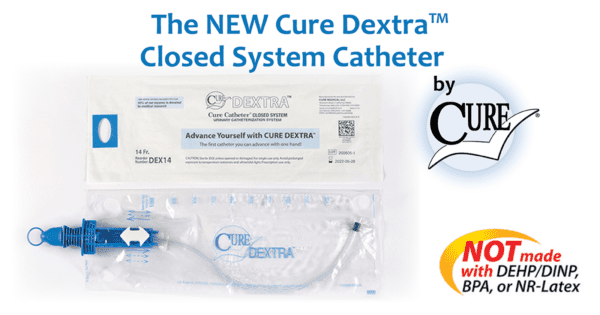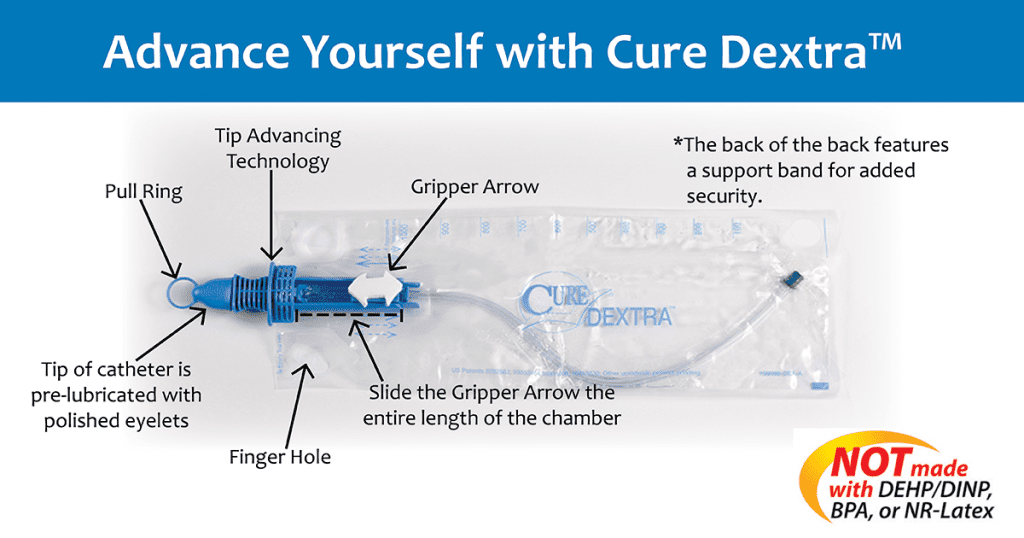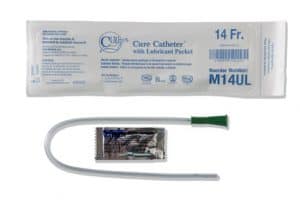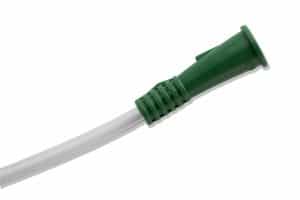The use of female catheters may be necessary for a woman at any stage of her life. A variety of medical conditions such as multiple sclerosis or a spinal cord injury may require a female catheter as part of a treatment plan developed by her doctor. Other urinary disorders such as bladder retention, urinary incontinence, and neurogenic bladder can impact how the female urinary system functions.
What are Female Intermittent Catheters?
An intermittent female catheter is a clean, thin, flexible tube inserted into the bladder to empty urine. The catheter helps a woman empty her bladder when it will not entirely empty or when it will not empty by itself. They can even help prevent accidental leakage due to overflow incontinence.
The term intermittent when speaking about catheters refers to the insertion and removal of a catheter to empty the bladder several times throughout the day. The opposite of an intermittent catheter is an indwelling catheter that remains in the bladder for a more extended period.
Typically made of silicone, vinyl (PVC), POBE (polyolefin-based elastomer), or red rubber latex, female intermittent catheters are flexible and offered in various lengths and sizes to accommodate females of all ages.
A doctor may prescribe female intermittent catheters as a treatment option to help drain the female bladder for women that suffer from urge incontinence, stress incontinence, or overflow incontinence.
The Three Types of Female Catheters
The first thing to consider when researching where to buy female catheters is which type of female intermittent catheter is right for you. There are three main types of female catheters that we will discuss now.
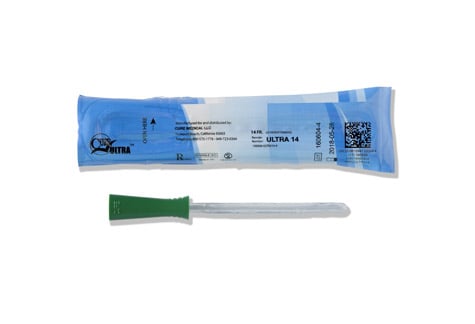 Straight Female Catheters
Straight Female Catheters
Straight female catheters are tubes typically made of vinyl (PVC), silicone, or red rubber. They are uncoated, and you must manually lubricate straight urinary catheters before use. The catheter lubricant helps make the catheterization experience much more comfortable as it assists in a sterile and smooth insertion and removal process. Along with the number of straight female catheters prescribed, most insurance providers will cover sterile individual packets of catheter lubricant. For those that catheterize more frequently than their prescription covers, Personally Delivered can help with the additional catheters and lubricants needed at competitive prices.
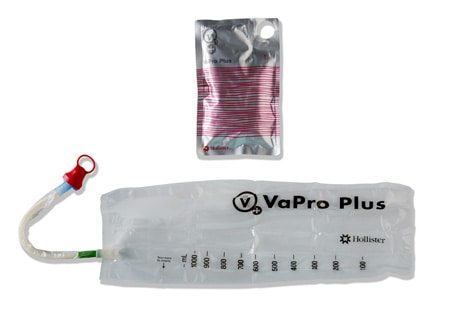 Hydrophilic Female Catheters
Hydrophilic Female Catheters
Hydrophilic female catheters offer a unique hydrophilic coating activated with a water sachet included in the packaging. Once the fingers squeeze the water sachet, it bursts and acts as the lubricant to the catheter. This coating directly bonds to the catheter and remains slippery from insertion to withdrawal. The benefit of hydrophilic female catheters is that they eliminate the need for additional catheter lubricant.
Other hydrophilic catheters come ready-to-use and pre-lubricated right out of the packaging. There is no need to activate them as they provide a smooth and slippery catheterization experience.
Nowadays, most hydrophilic catheter manufacturers have focused on minimizing the risk of contamination and have virtually touch-free options that feature a guiding sleeve to insert the female catheter without touching the tube itself.
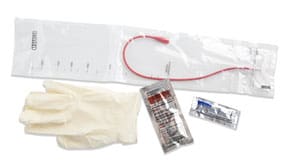 Closed System Female Catheters
Closed System Female Catheters
Closed system female catheters are a convenient all-in-one product. These female catheters typically include a hydrophilic or pre-lubricated catheter along with a urine collection bag and sometimes other insertion supplies to help with the catheterization experience. Many brands offer kits that include these insertion supplies, such as gloves, disinfecting wipes, and an underpad, to make catheterization more hygienic.
Closed system female catheters are an excellent option for women on-the-go or in wheelchairs because of their convenience. The all-in-one system allows women to catheterize whenever and wherever there is privacy.
External Female Catheters
Aside from the female intermittent catheter inserted into the bladder, another option remains on the exterior genital area. Female external catheters, such as the PureWick Female External Catheter, allow for non-invasive urine output management. The low-pressure suction pulls the urine out into a designated collection device. This external female catheter option helps keep the skin dry and healthy.
Female Catheter Length
A female catheter’s average length is between 6-inches and 8-inches, with some pocket catheter options available in an even shorter length. Intermittent catheters come in various sizes based on the anatomies of the body. The catheter must be long enough to reach the bladder to provide complete emptying. The male urethra is longer than the female urethra, therefore requiring a longer catheter.
Many women prefer the convenience of short catheters. However, some may like a unisex catheter (most often called male length). Male length catheters provide the additional tube length that some catheter users may need or prefer.
Female Catheter French Sizes
In catheter sizing, the use of a universal gauge system measures the catheter tube diameter, referred to as a “French size” (Fr). The diameter is taken in millimeters and then multiplied by 3 to result in the French size. For example, if a catheter’s diameter is 5.4 millimeters, the French size is 16.
The color of the catheter’s funnel is a unique feature that helps determine its French size. This universal color-coding system that’s a part of catheter sizing allows you to look at the funnel color to ensure you are using the proper prescribed French size.
Ensuring you get the correct female catheter size will determine how comfortable and efficient your catheterization experience is. Your doctor will play an essential role in this process and help make sure you are getting the right size catheter for your needs.
If your catheter is too short, it will not reach the bladder to drain urine flow sufficiently. If the French size is not wide enough, urine can flow around the tube, causing leakage.
The biggest problem experienced by using a catheter that is too long or wide is pain. Trying to insert a catheter that is slightly larger than the diameter of your urethra will not only be painful but can also be damaging to the tissue.

How Do You Use Female Catheters?
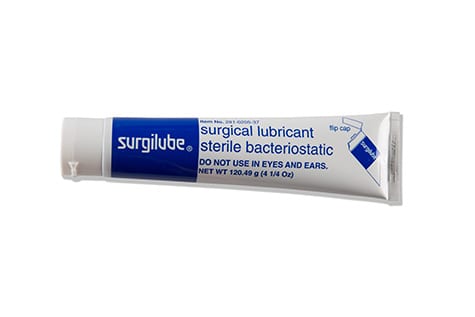 Collect your supplies
Collect your supplies
You will need the following:
- A toilet
- A mirror
- Anti-bacterial soap and warm water or a moist towelette or personal wipe
- Water-soluble lubricating jelly
- Clean catheter
Prepare for insertion
- Use warm, soapy water to wash your hands and your genital area. You can also use a moist towelette or personal wipe. Remember to always wash from front to back to prevent bacteria from entering the vagina.
- Lubricate the catheter with the water-soluble lubricating jelly.
- Lubricate 2 to 4 inches of the catheter tip.
- Place the other end of the catheter over the toilet.
Insertion of the female catheter
- Spread the labia (the folds at the opening of your vagina). Use a mirror or your index finger to find the urinary tract opening (urethra).
- Slowly insert the catheter into your urethra. If the catheter is not going in, stop and take a moment to relax. Never force a catheter.
- Start to empty your bladder.
- Stop inserting the catheter when urine starts to flow.
- Slowly remove the catheter when urine stops flowing.
Note: The catheterization process should not hurt or cause sharp pain. If you experience these feelings, remove the catheter and try again.
Caring for Your Female Catheter
Reusing female catheters is not recommended and increases the risk of bladder and kidney infections, urinary tract infections (UTIs), and urethral damage or scar tissue build-up. Catheters are constructed of a unique porous material that allows bacteria and other residual tissue inside during use. The female catheter is no longer sterile and should not be reused.
Using sterile intermittent female catheters will reduce your risk of infection and urethral damage, and have confidence that your catheter supplies are clean and live a healthier lifestyle.
When to Contact Your Doctor
If you experience any of the following symptoms, contact your doctor right away.
- Burning in the urinary tract or pubic area
- Bloody (pink or red) or foul-smelling urine
- Cloudy urine
- Sediment or mucus in the urine
- Nausea and vomiting
- Fever of 100.4°F(38.0°C) or higher, as advised by the CDC (Centers for Disease Control and Prevention)
- Chills
Where to Buy Female Catheters Online
All catheters, regardless of a person’s age or gender, require a prescription from your doctor. Your doctor will evaluate your condition, validate your diagnosis, and provide you with a prescription. You can visit the PersonallyDelivered.com site and shop to purchase a wide range of female catheters with that prescription.
Personally Delivered is a leading provider of female catheters. We supply catheters from a wide range of brands from popular catheter manufacturers. It is a top priority of ours to make sure we can accommodate our customers’ diverse needs and preferences by carrying catheter supplies of all types and sizes.
With any questions or concerns about any of the female catheter supplies we offer at Personally Delivered, our Product Experts are just a phone call away and ready to assist.



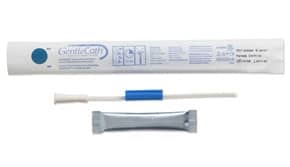


 Yearly mammograms are the best way to detect breast cancer’s early stages when it is easier to treat. The USPSTF recommends women get mammograms at the following ages:
Yearly mammograms are the best way to detect breast cancer’s early stages when it is easier to treat. The USPSTF recommends women get mammograms at the following ages: The American Cancer Society (ACS) recommends people with an average risk for colorectal cancer start regular cancer screenings at age 45. Simultaneously, the U.S. Preventive Services Task Force (USPSTF) advises beginning screening at age 50. Those with an increased risk for colorectal cancer due to family history may need cancer screenings at an earlier age.
The American Cancer Society (ACS) recommends people with an average risk for colorectal cancer start regular cancer screenings at age 45. Simultaneously, the U.S. Preventive Services Task Force (USPSTF) advises beginning screening at age 50. Those with an increased risk for colorectal cancer due to family history may need cancer screenings at an earlier age.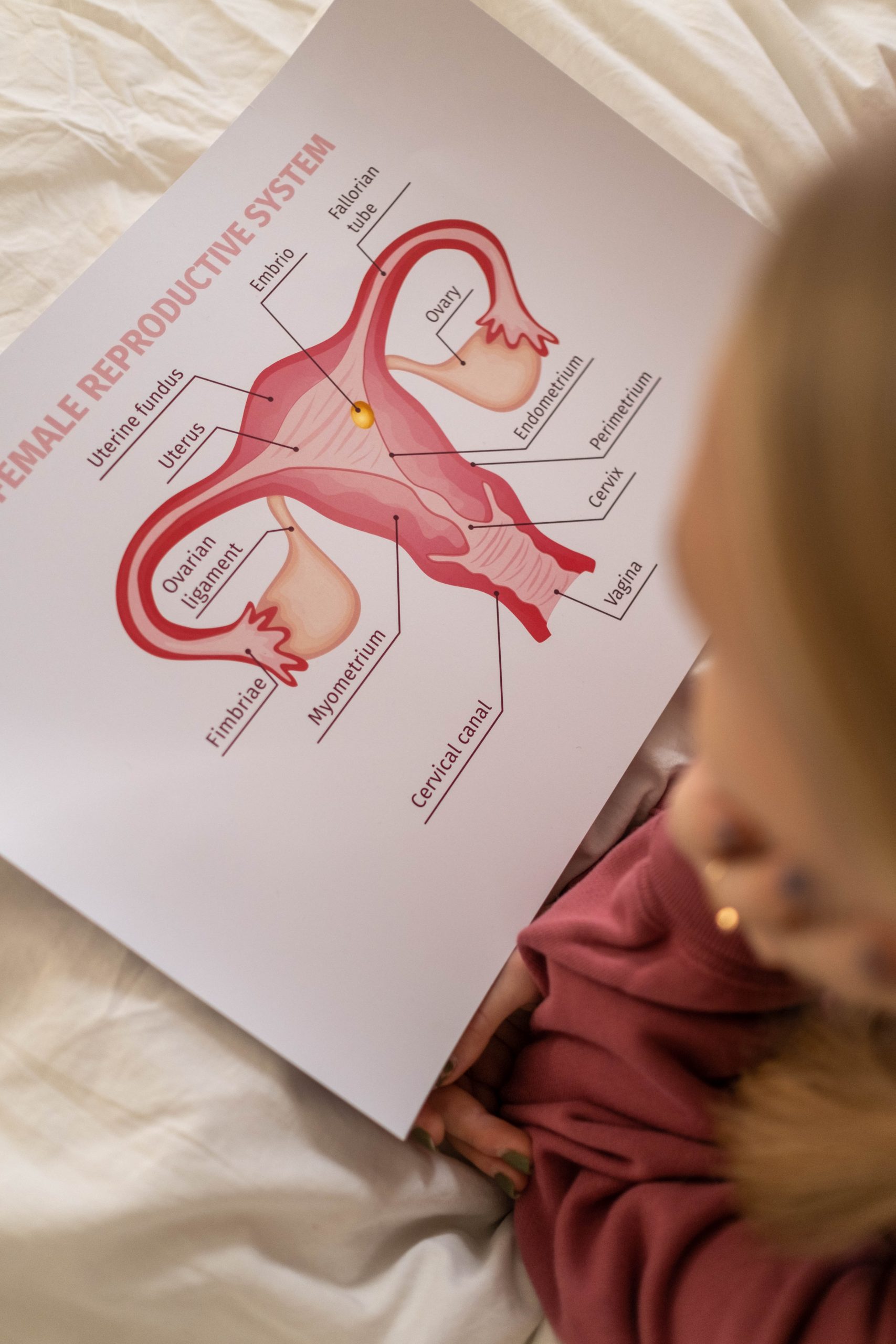 Endometrial cancer forms in the lining of the uterus. Endometrial cancer is often cured by early detection and surgical removal of the uterus. After reaching menopause, women who have abnormal bleeding or spotting should tell their doctors. Your doctor may order cancer screenings to help detect endometrial cancer.
Endometrial cancer forms in the lining of the uterus. Endometrial cancer is often cured by early detection and surgical removal of the uterus. After reaching menopause, women who have abnormal bleeding or spotting should tell their doctors. Your doctor may order cancer screenings to help detect endometrial cancer.

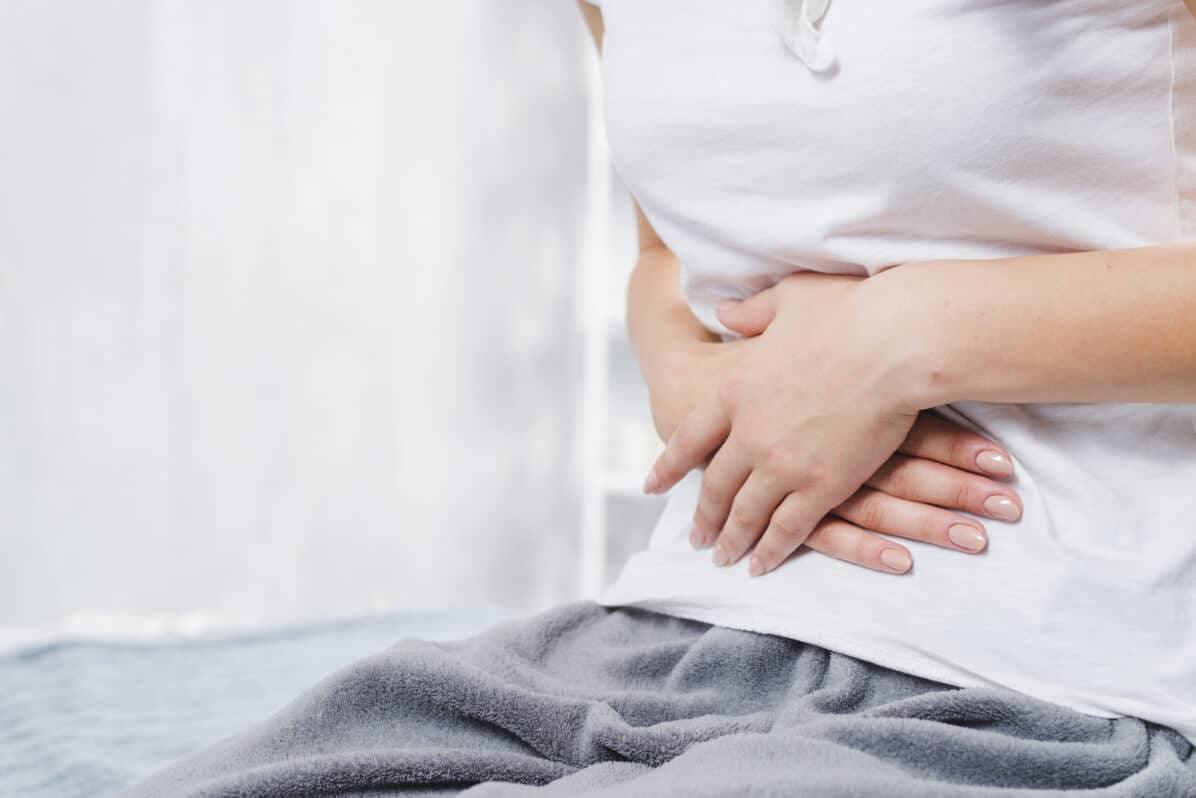 Frequent or urgent urination
Frequent or urgent urination The goal of treatment for pelvic floor disorder is to reduce symptoms and improve quality of life. After your doctor cannot identify the specific cause, your treatment plan’s focus will be managing the symptoms and pain.
The goal of treatment for pelvic floor disorder is to reduce symptoms and improve quality of life. After your doctor cannot identify the specific cause, your treatment plan’s focus will be managing the symptoms and pain. If non-surgical therapies do not resolve your pelvic floor disorder symptoms, or for more complex
If non-surgical therapies do not resolve your pelvic floor disorder symptoms, or for more complex 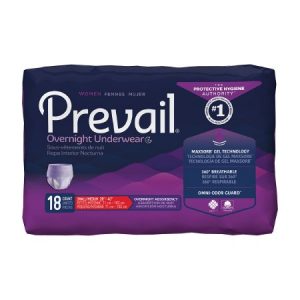
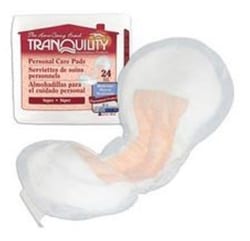



 Please speak to your Personally Delivered Product Advisor or complete our
Please speak to your Personally Delivered Product Advisor or complete our  After your order is complete, tracking information will be sent to you via email to let you know exactly when you will be receiving your medical supplies. You can expect to receive a call from your Specialist to make sure you received everything you needed and are happy with the service.
After your order is complete, tracking information will be sent to you via email to let you know exactly when you will be receiving your medical supplies. You can expect to receive a call from your Specialist to make sure you received everything you needed and are happy with the service.
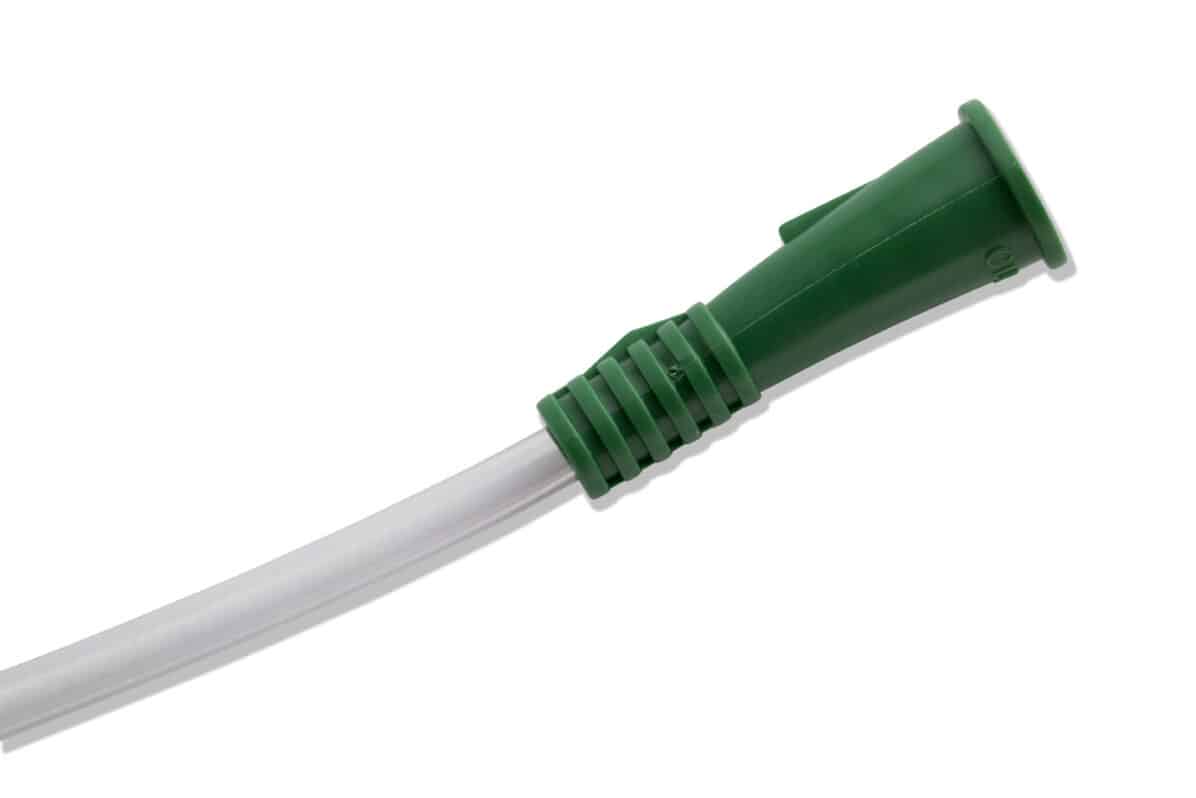 In catheter sizing, a universal gauge system is used that measures the catheter tube diameter, referred to as a “French size” (Fr). The diameter is taken in millimeters and then multiplied by 3 to result in the French size. For example, if a catheter’s diameter is 5.4 millimeters, the French size is 16.
In catheter sizing, a universal gauge system is used that measures the catheter tube diameter, referred to as a “French size” (Fr). The diameter is taken in millimeters and then multiplied by 3 to result in the French size. For example, if a catheter’s diameter is 5.4 millimeters, the French size is 16.




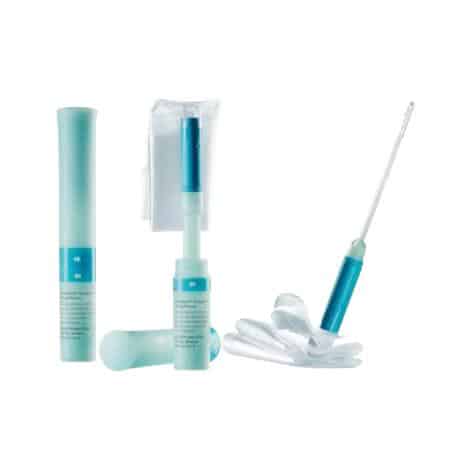
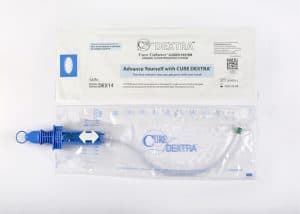

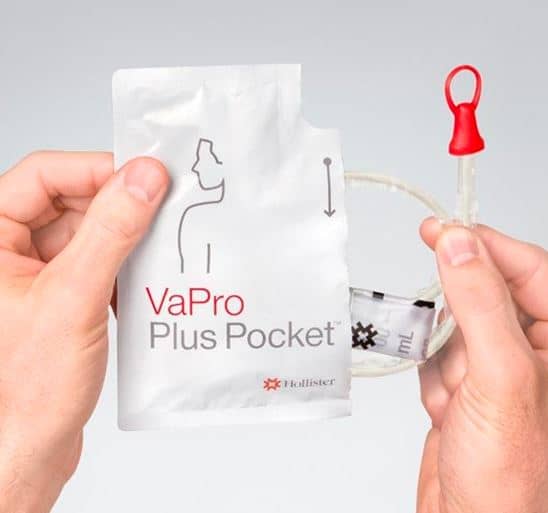





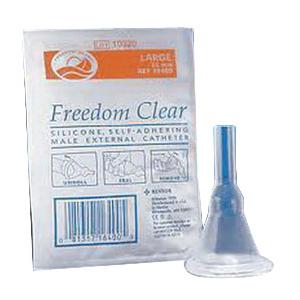
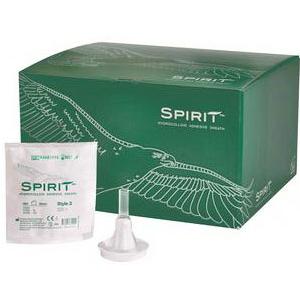
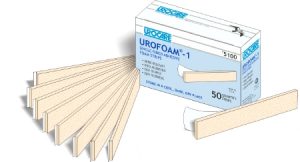
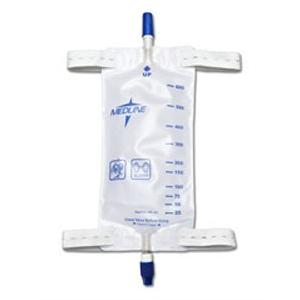
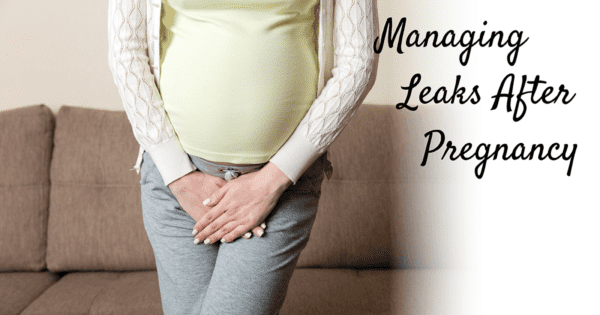
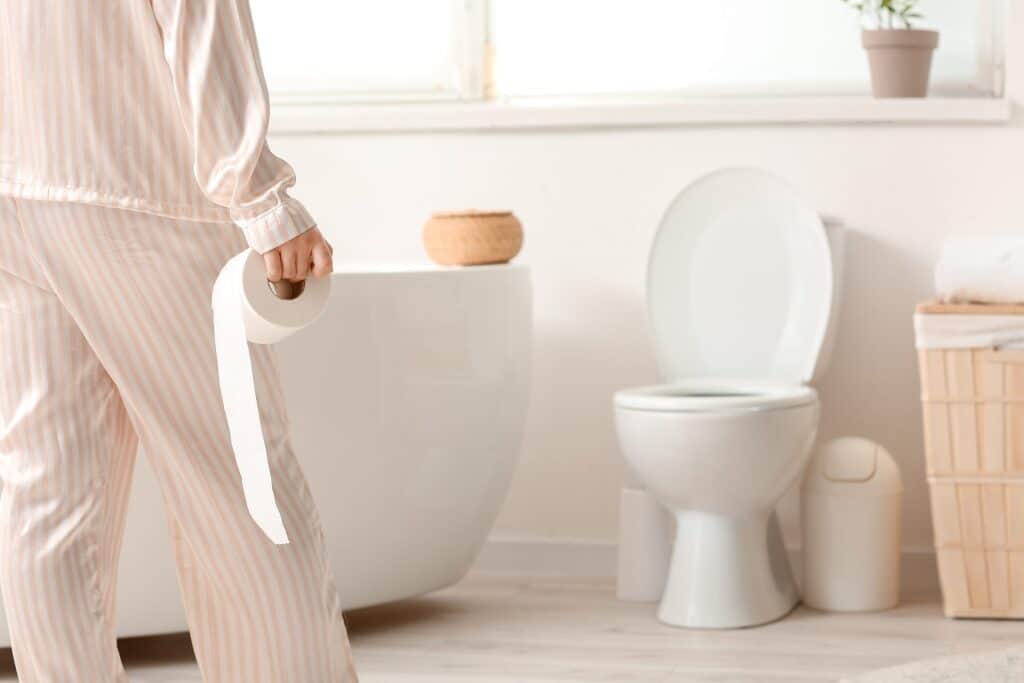

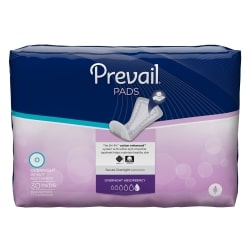
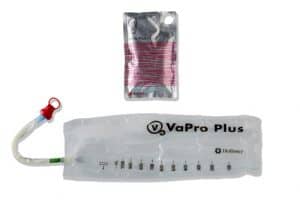
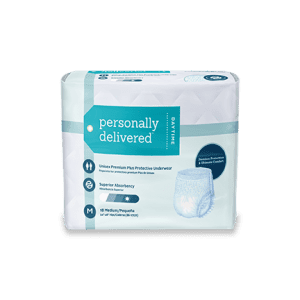

 Adaptive equipment like a wheelchair, walker,
Adaptive equipment like a wheelchair, walker,  A
A  Physical unsteadiness means you need to make sure there are no chances taken to you falling in vulnerable places, such as your bathroom. Good quality
Physical unsteadiness means you need to make sure there are no chances taken to you falling in vulnerable places, such as your bathroom. Good quality  In the shower, installing the grab bars with one in front of you and one to the side works best. When thinking about your commode area, think about where you will reach first to stabilize yourself if you were to lose your balance. For instance, you might find it helpful to have one bar behind your commode and then to the side if you transfer from your wheelchair independently.
In the shower, installing the grab bars with one in front of you and one to the side works best. When thinking about your commode area, think about where you will reach first to stabilize yourself if you were to lose your balance. For instance, you might find it helpful to have one bar behind your commode and then to the side if you transfer from your wheelchair independently. If you’ve gone through any physical rehabilitation, you have already been exposed to various adaptive equipment for exercise. These items can be very costly, not to mention can take up precious space in your home.
If you’ve gone through any physical rehabilitation, you have already been exposed to various adaptive equipment for exercise. These items can be very costly, not to mention can take up precious space in your home. If you self-catheterize to void your bladder, a catheter inserter is a handy piece of adaptive equipment to keep in your traveling pack, such as your purse or backpack. Sometimes after frequent use of our hands, they tend to cramp, sometimes presenting carpal tunnel syndrome and other rheumatoid type issues. Being prepared with a catheter inserter is another inexpensive aid available at a urological supply company online.
If you self-catheterize to void your bladder, a catheter inserter is a handy piece of adaptive equipment to keep in your traveling pack, such as your purse or backpack. Sometimes after frequent use of our hands, they tend to cramp, sometimes presenting carpal tunnel syndrome and other rheumatoid type issues. Being prepared with a catheter inserter is another inexpensive aid available at a urological supply company online. To keep the paralyzed limbs of your body limber, it is essential to incorporate range of motion exercises into your daily routine. Without movement, the affected areas will eventually become stiff and tight. Wearing
To keep the paralyzed limbs of your body limber, it is essential to incorporate range of motion exercises into your daily routine. Without movement, the affected areas will eventually become stiff and tight. Wearing  The
The 
